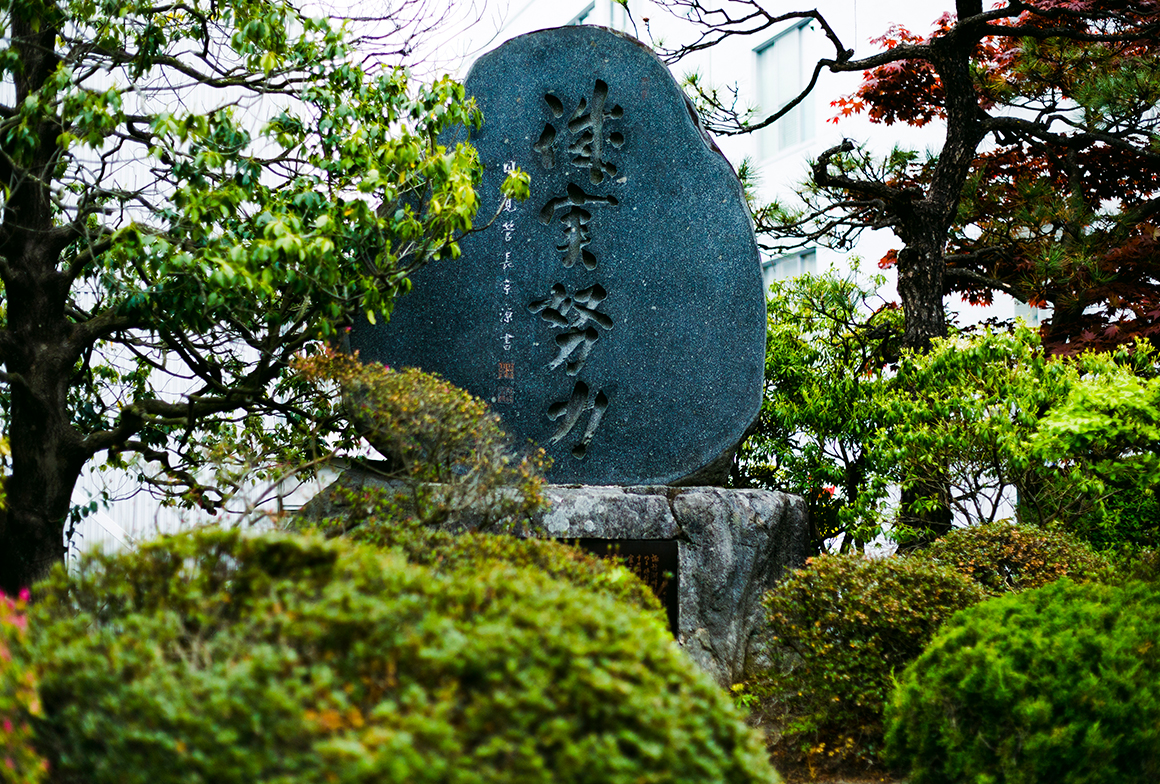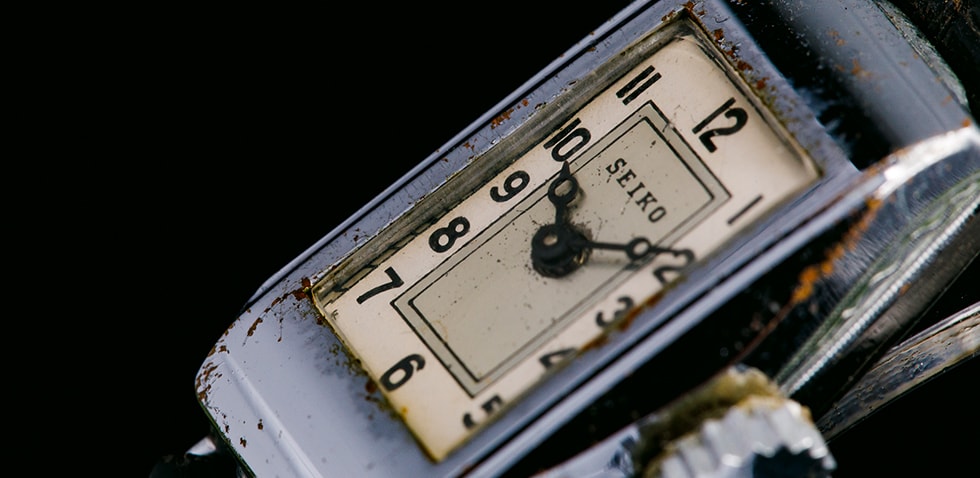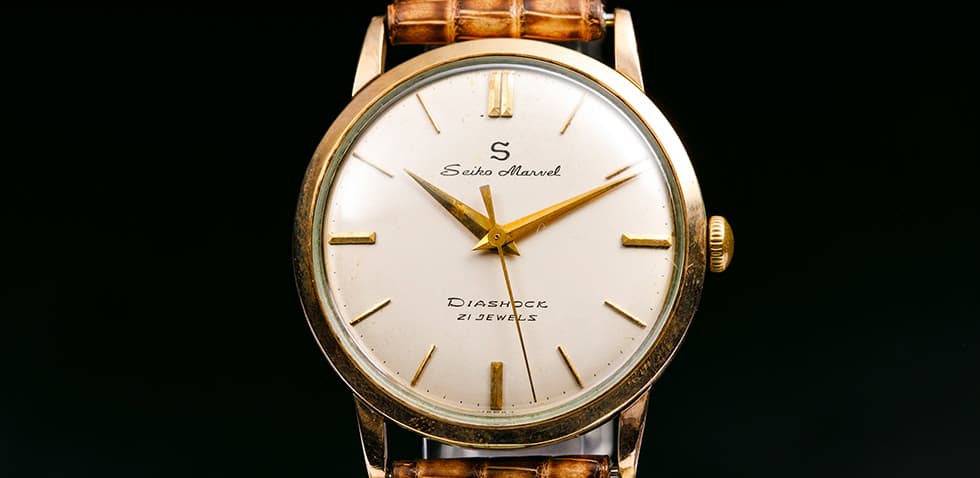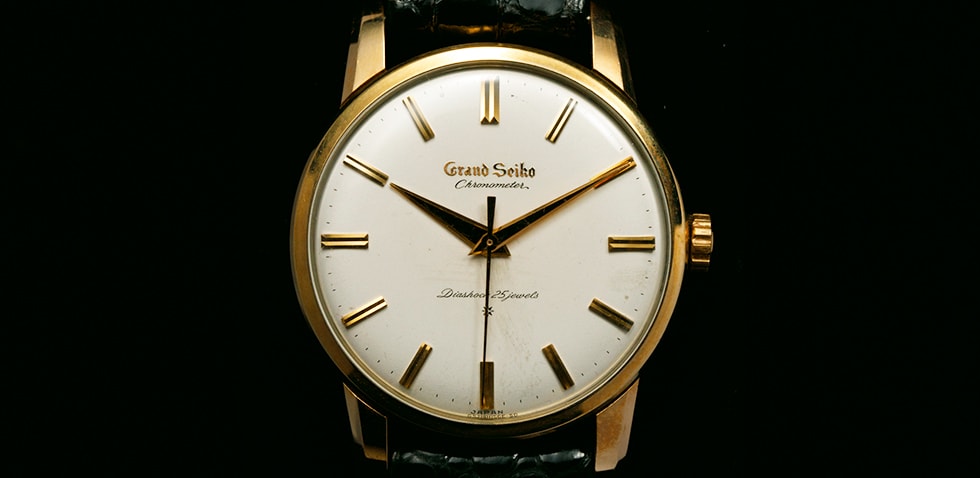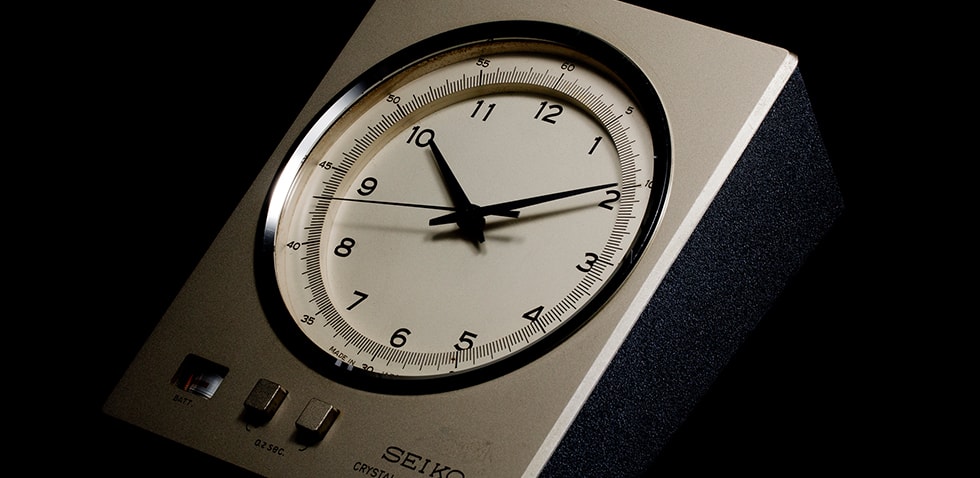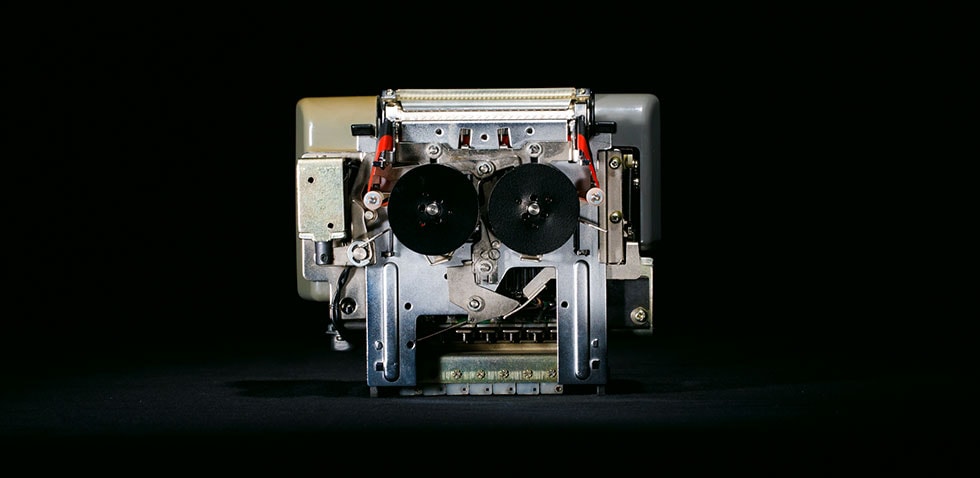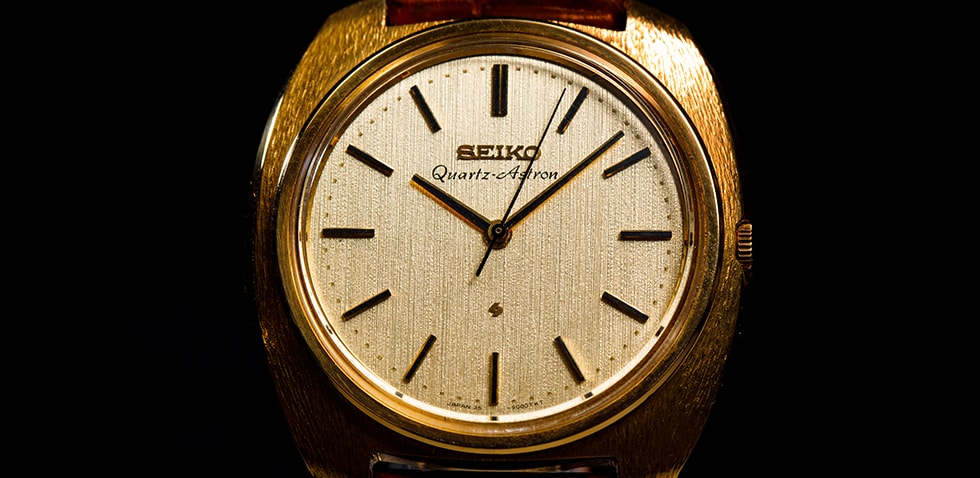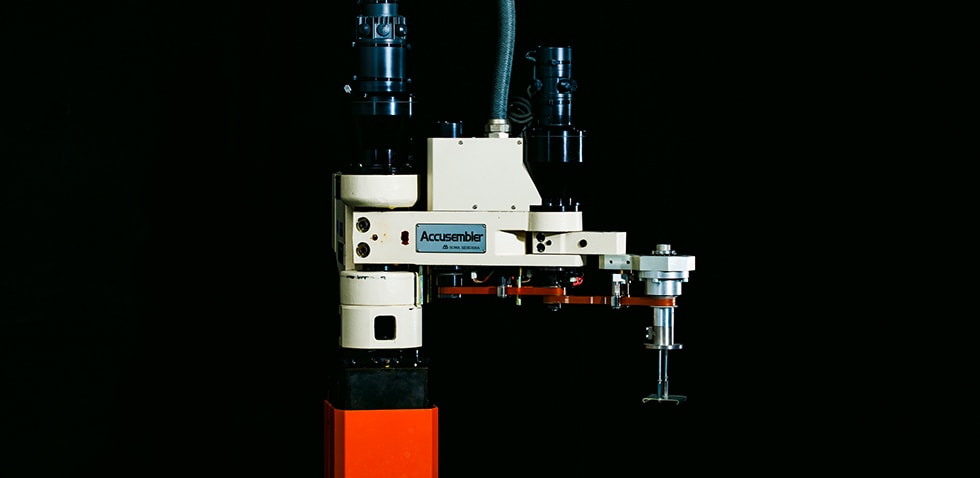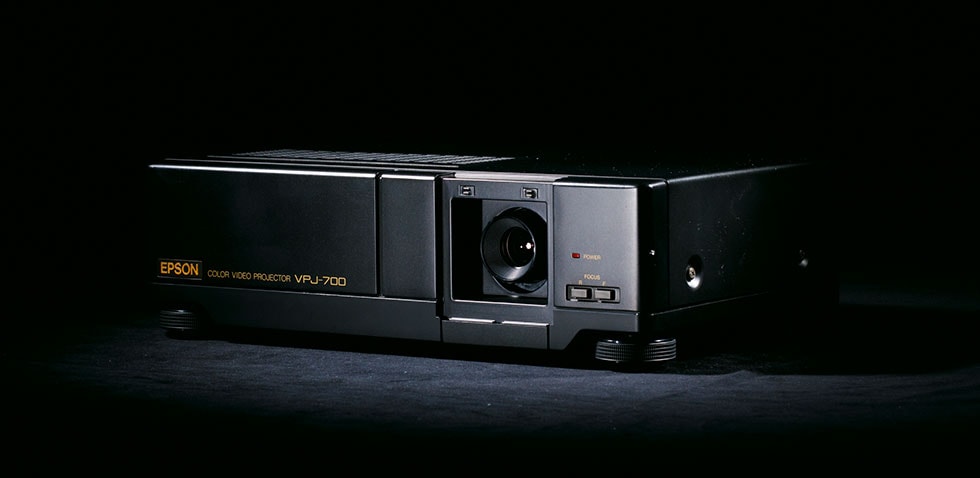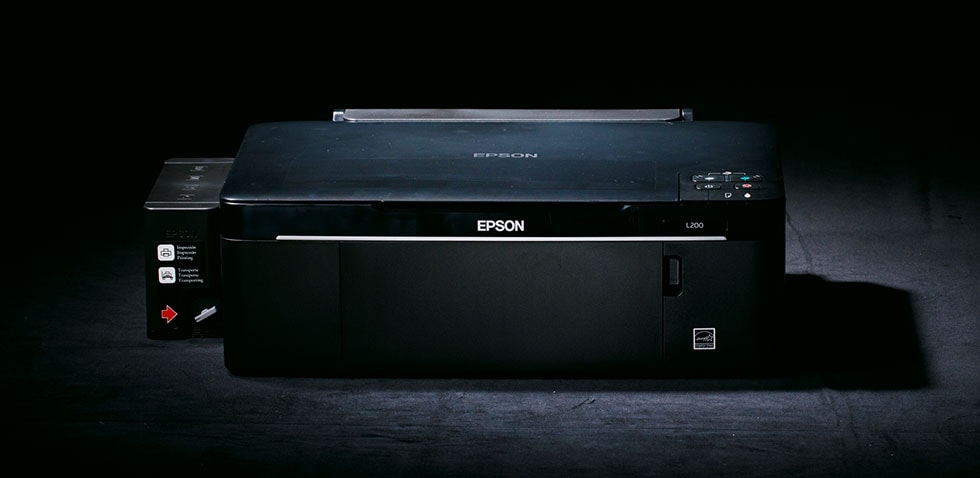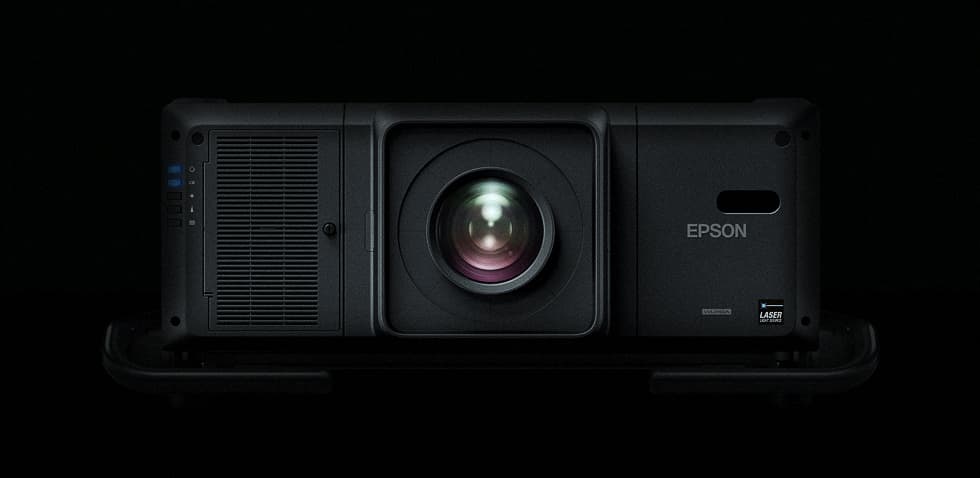EPSON EXCEED YOUR VISION


Lessons from Nature.
Everyone has their hometown.
We do, too.
Suwa in the heart of Japan.
Our story began in an old miso warehouse
from the vision of Hisao Yamazaki and his nine employees.
We grew up here surrounded by Lake Suwa
and the highlands of the Yatsugatake Mountains.
To this day, we are inspired by this land.
Suwa has taught us much.
A way to live in harmony with nature,
which we've passed down for generations.
The inhabitants have lived and thrived
in this harsh environment
observing the cracks of the Omiwatari pressure ridge
on Lake Suwa's icy surface.
Here, the winter cold penetrates everything,
a harshness our ancestors understood.
But, instead of leaving, they lived on the land,
celebrating the Earth, Nature, and Suwa,
and living in harmony with the lake and the mountains.
This way of life was natural back then, and natural for us today.
This is the spirit of our craftsmanship and the inspiration for our quality.
Everyone has their hometown.
We do, too.
Suwa in the heart of Japan.
Our story began in an old miso warehouse
from the vision of Hisao Yamazaki and his nine employees.
We grew up here surrounded by Lake Suwa
and the highlands of the Yatsugatake Mountains.
To this day, we are inspired by this land.

Suwa has taught us much.
A way to live in harmony with nature,
which we've passed down for generations.
The inhabitants have lived and thrived
in this harsh environment
observing the cracks of the Omiwatari pressure ridge
on Lake Suwa's icy surface.
Here, the winter cold penetrates everything,
a harshness our ancestors understood.
But, instead of leaving, they lived on the land,
celebrating the Earth, Nature, and Suwa,
and living in harmony with the lake and the mountains.

This way of life was natural back then, and natural for us today.
This is the spirit of our craftsmanship and the inspiration for our quality.
Article
The beginning:The shores of Lake Suwa,
Nagano Prefecture.
Products Made in
Harmony with Nature
Eight decades ago, Epson embarked
on its
journey, assembling watch
components.
Nagano Prefecture in Japan boasts lush flora, the majestic peaks of the Japan Alps, and diverse wildlife. Here Daiwa Kogyo - the forerunner of Epson - launched its business on May 18, 1942, from the shores of Nagano's largest lake, Lake Suwa.
The inhabitants of the area have long revered the lake's natural surroundings, living in villages and on mountains with gratitude for the bounty the land provided. Lake Suwa encapsulates nature's beauty and severity - and the sanctity of the environment. An environment that has long sustained the people of Suwa. Over 2,000 years ago in the Jomon period, residents fished Suwa's waters and quarried its ice to transport across the lake. For many years, Lake Suwa was central to daily survival.
Cold, harsh winters impeded agriculture, so Suwa's residents relied on hunting and mountain foods for sustenance, learning to live with the land. A close relationship that still exists today. The Suwa residents were pioneers who respected the environment.
Today, Epson employs around 77,000 people worldwide, and global corporate sales exceed one-trillion yen. However, it embarked on its journey from an old, converted miso warehouse, assembling watch parts.

The clean water and fresh air was a
perfect
place to produce precision
instruments.
But the region was never wealthy, and Hisao Yamazaki, the company's founder, saw potential in the place where the raw silk industry once flourished. He envisioned a new industry that would restore vitality to the area and the lives of locals. Yamazaki returned to the area to take over the family business.
Together with Suwa's Mayor and other prominent business leaders, Yamazaki approached Shoji Hattori, the managing director of Daini Seikosha (now Seiko Instruments) with the prospect of developing more precision instruments.
The group believed that Suwa's climate was like Switzerland's with low summer humidity, so it would be a perfect environment for a precision industry. They believed that Suwa could be the Switzerland of the East and began clock assembly operations. The company had only nine employees.

Hisao Yamazaki's vision is
still alive today.
Yamazaki's passion for establishing a Japanese watch industry led him to collect parts in the late 1940s. If he didn't have certain parts, he made them. By January 21, 1946, he had the parts to assemble four timepieces, which were completed the next day after a night of assembly.
Only two of the four watches worked, but this would pave the road with an ethos of experimentation that lives on at Epson today.
Yamazaki showed strong resolve by proclaiming, “I'm going to pour my heart and soul into this. We've got to all come together to ensure this business takes root here.”
This emotional greeting still inspires Epson today. Later Shoji Hattori, who since became chairperson, would describe Yamazaki as a man of integrity and effort. Yamazaki's attitude still permeates Epson's corporate culture.
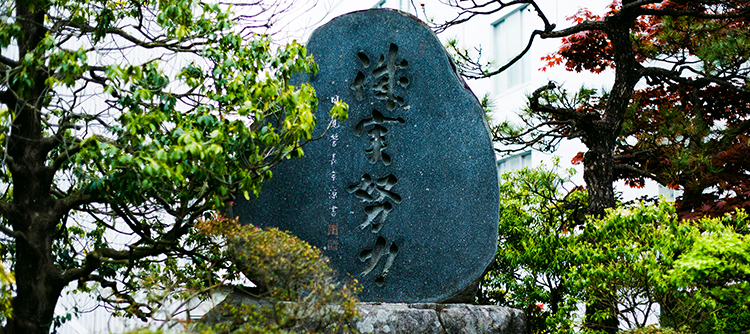
Index
- Chapter 1 Suwa, where it began.

-
Chapter 2 At Seiko Epson,we dedicate ourselves
to contributing to the environment
while manufacturingour products. Read More
-
Chapter 3 More accurate time. Read More

-
Chapter 4 If it doesn't exist, we'll make it. Read More

-
Chapter 5 The Spirit of Creativity
and Challenge Lives On. Read More


